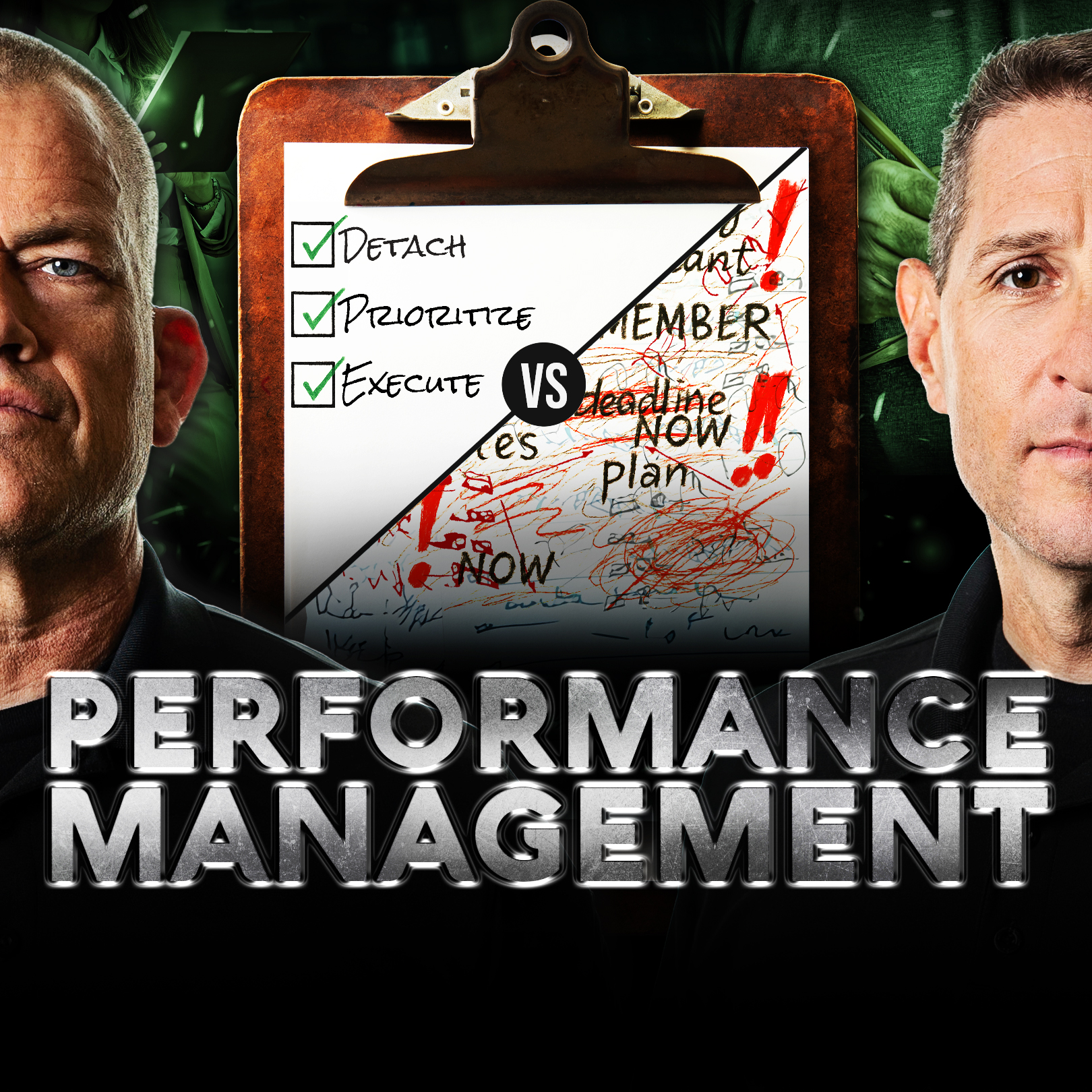As I travel around the country working with different organizations, I hear more and more of a common complaint: “There’s a shortage of skilled labor.” Or “We don’t know what we’ll do when (insert name here) retires or leaves to work for another company.” It’s a tough spot that many organizations find themselves in. But not everyone is in this position—a few organizations are successfully avoiding this issue. Let’s take a look at the strategies they’re using to ensure they don’t experience a skills gap. A great road map is: Retain, Develop, and Recruit.
Retention: Keep the Talent You Have
Your people are your most valuable asset, so retaining them should be a top priority. To do this effectively, ensure that their pay and benefits are better than what your competitors offer. Beyond compensation, provide your team with as much autonomy as possible. As a leader, you lay out what needs to be done and the parameters for doing it, then give your team the freedom to figure out how to accomplish the task. Of course, there will be constraints based on regulations, policies, and standard operating procedures, but even within those limits, you can offer room for creative problem-solving and independent decision-making.
That autonomy is a sign of trust, and giving trust is the best way to receive it. An organization built on trust fosters a cohesive environment that encourages loyalty. Pushing ownership and autonomy down to your subordinates is a key part of Echelon Front’s fourth law of combat, Decentralized Command. This approach builds a culture where everyone leads, and teams who implement Decentralized Command typically experience very low turnover rates.
Develop: Grow the Skills Within Your Team
Before looking for talent outside your organization, focus on developing the skills of the people already on your team. There are many ways to do this. One easy method is informal training, such as pairing an inexperienced team member with a more seasoned colleague to learn through mentorship and hands-on experience. If a formal certification is required, consider sending your team member to an external training program or, in the case of one company I worked with, building an internal certification course that met state requirements. While sending employees to school costs money, it is a smart investment. Leadership can identify team members who have the drive and potential to succeed, ensuring that the investment in their development is worthwhile.
Recruitment: Attracting New Talent
When you build an organization where employees are well-compensated, have autonomy, and feel that the leadership is invested in their growth, word gets around. Your existing team members will be your best recruiters, particularly when they meet former colleagues who have similar professional skills. This recruitment process often happens organically, and aside from having your team spread the word about job openings, you won’t have to do much to attract new talent.
Another strategy is to recruit directly from local colleges, junior colleges, or trade schools. Many companies I’ve worked with have had great success hiring from their local college communities, especially for technology-focused positions. Don’t overlook veterans, either. Many who join the military don’t make it a career, but they possess valuable skills that can transfer well to civilian jobs. Research military job ratings that align with your needs and recruit directly from these fields. Often, these ratings have associations that will be happy to share job listings. If you’re near a military installation, you can contact the base directly and explore the possibility of recruiting from the mandatory classes that service members must attend before separating.
Conclusion
The labor market is tough right now, and all indicators point to it getting even more challenging. It’s time for organizations to adapt to the current situation and take proactive steps to address the skills gap. By making a deliberate effort to retain talent through competitive compensation and trust, investing in your team to develop the skills you need, and actively recruiting from a variety of sources, you can build a more resilient workforce. Closing the skills gap requires thoughtful strategies and commitment, but with the right approach, you can stay ahead of the curve and ensure your team has the talent it needs to succeed.



